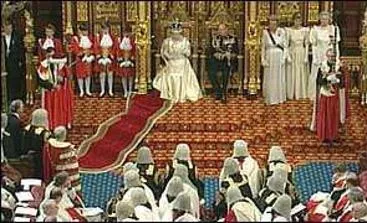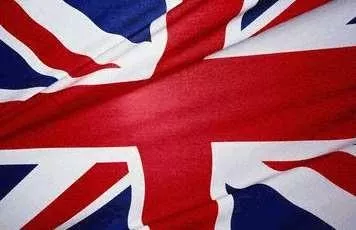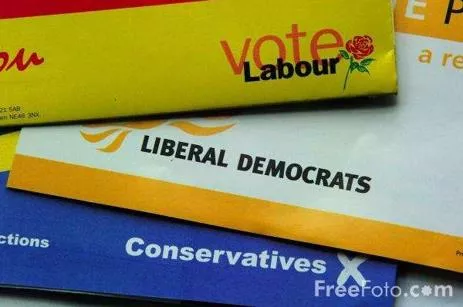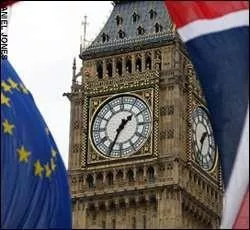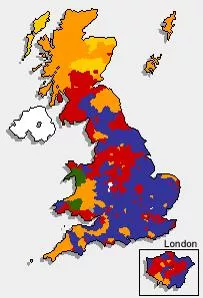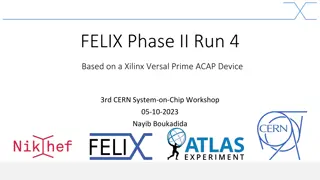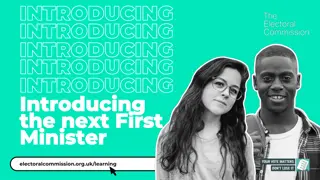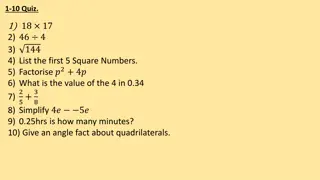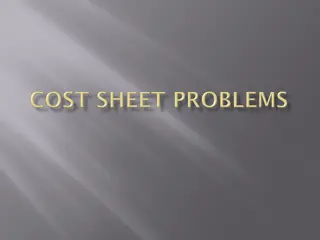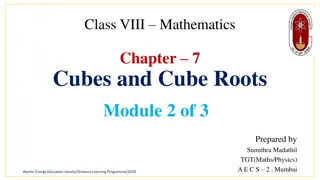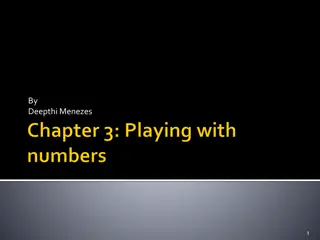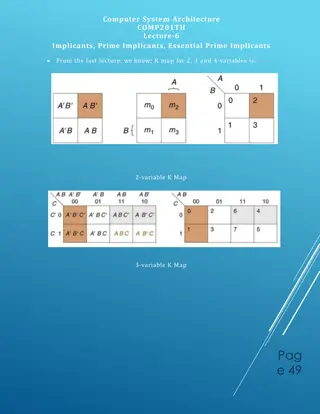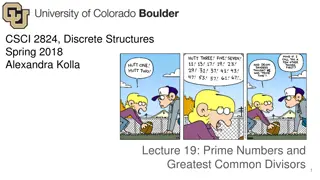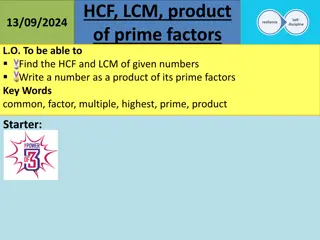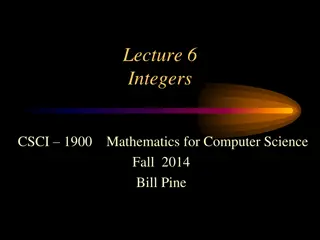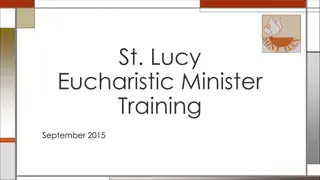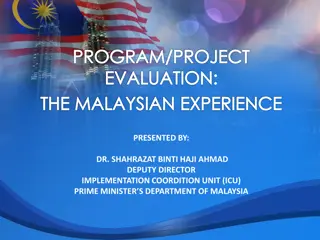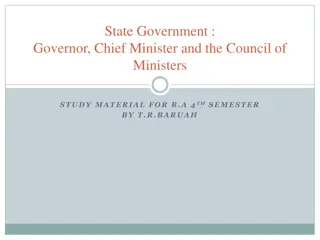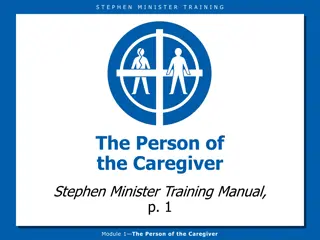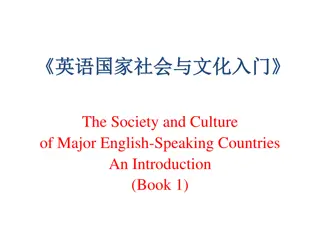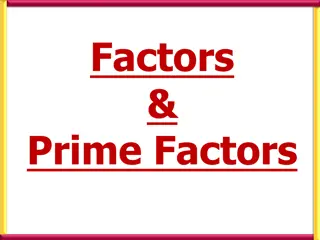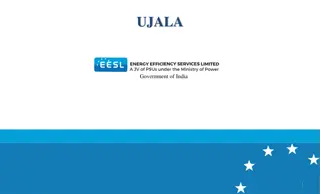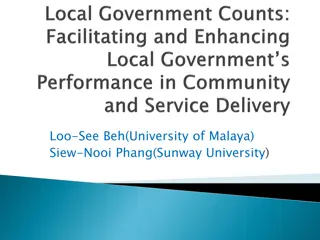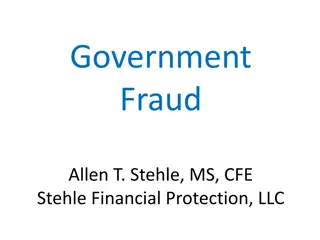The Role of the Prime Minister in Government
Exploring the sources of a Prime Minister's power, constraints they face, and authority within the cabinet system. Topics include party support, royal prerogative, popular mandate, parliamentary leadership, patronage, powers, and constraints within the cabinet.
Download Presentation

Please find below an Image/Link to download the presentation.
The content on the website is provided AS IS for your information and personal use only. It may not be sold, licensed, or shared on other websites without obtaining consent from the author.If you encounter any issues during the download, it is possible that the publisher has removed the file from their server.
You are allowed to download the files provided on this website for personal or commercial use, subject to the condition that they are used lawfully. All files are the property of their respective owners.
The content on the website is provided AS IS for your information and personal use only. It may not be sold, licensed, or shared on other websites without obtaining consent from the author.
E N D
Presentation Transcript
The Role of the Prime Minister By :Dr.G.Chitra Parvathy, Dept. of History, T.D.M.N.S. College, T.Kallikulam.
Learning Objectives To identify the sources of the prime minister s power To explain the powers of and constraints on the Prime Minister To identify the functions of the Prime Minister
Sources of Prime Ministerial Power andauthority TheRulingParty The PM has the support of his party both in parliament and in the country in the form of ordinary members. Since his party has won the right to govern, the PM carries his party s elective authority with him. The royal prerogative The reigning monarch retains (in theory and law), the power to carry out the functions of the head of state, such as commanding the armed forces. In a democracy we cannot allow an unelected monarch to exercise these powers and so the authority to exercisethese prerogative powers is delegated to the PM. Popularmandate Although technically the voters are choosing the MP and a party, they are also conscious that they are electing a PM. Research suggest that the leader of the party is becoming more and more in important when it comes to deciding who to vote for at an election. Thus, the victorious PM can claim to enjoy the authority of the electorate. This does not apply to PMs who came to office between elections. Thus weakening their authority. E.g. Major 1990 and Brown 2007. Parliament The PM is the parliamentary leader and as long as he has the support of a majority of the H of C he can claim parliamentaryauthority. Some PMs have enhanced the power gained with their own personal qualities to add to the four sources of authority: Margret Thatcher enhanced her authority by becoming a dominating personality which was admired and respected. Tony Blair seen as a charismatic figure thus increasing authority and power.
Patronage Constraints claims of senior colleagues for inclusion and specific posts Labour PM required to appoint first cabinetfrom elected shadow cabinet ideological balance (talented backbenchers!) unintended consequences of botchedreshuffles possibility of sacked ministers emerging asrivals for leadership Powers of the PM appoints ministers allocates cabinetposts reshuffles cabinet dismissesministers EXAMPLE: Cameron appointing lots of ministers to avoid/limit thenumber of backbench rebellions fromMPs http://www.independent.co.uk/ne ws/uk/politics/tory-mp-hits-out-at- cameron-over-patronage- 6255017.html
Authority in the cabinet system Powers of the PM chairs cabinetmeetings manages the cabinet agenda steers, sums up and determines outcomeof cabinetdiscussions holds bilateral and informal meetings with keyministers appoints chairs and members of cabinet committees restructure central government Constraints requires cabinet supporton major or controversial issues senior ministers have authority and may challenge the PMspreferred policy problems may arise if senior ministers feel they are being ignored not involved in detailed policy making cabinet committees in
Party Leadership Powers of the PM Constraints support of party isnot unconditional possibility ofbackbench rebellions authority as the leader ofa political party elected by MPs andparty members enjoys a majority inthe House of Commons EXAMPLE: Rebel MPs force parliament debate on EU referendum through Private Members Bill http://www.independent.co.uk/news/uk/politics/parliament-will-debate-eu- referendum-as-rebel-mps-force-issue-on-cameron-with-private-members-bills- 8617665.html
Public Standing Powers of the PM Constraints high publicprofile communication-in-chief for the government political leaders in timesof crisis represents country in international affairs unpopularity with the electorate undermines authority may become the focusof media criticism EXAMPLE: Polls show Cameron is more unpopular than his party (despite him beingseen previously as an electoral asset to his party) http://www.guardian.co.uk/politics/2013/jun/07/david-cameron-tory-party-poll
Policy Making Role Powers of the PM Constraints limited time and lackof detailedknowledge lacks the resources provided by agovernment department may be difficult to achieve policysuccess directs government policy and sets the agenda authority to become involved in policy areas of choosing takes the key role in times of crisis EXAMPLE: Cameron accused of causing 'chaos' over energy policy after ministers appeared to state opposite energy policy in speech http://www.independent.co.uk/news/uk/politics/parliament-will-debate-eu- referendum-as-rebel-mps-force-issue-on-cameron-with-private-members-bills- 8617665.html
Prime Ministers Office Powers of the PM Constraints Prime Ministers Officehas limited resources (staff, funding) power of other departments, especiallythe Treasury Prime Minister s Office provides advice andsupport better enables PM to direct policy and act as a communicator appoints specialadvisers can reorganise the structure of the government
Functions of the Prime Minister Although his role is shared to some extent with other ministers, the cabinet andhis party, the PM is completely pre-eminent in making the government spolicies. Chief policymaker The PM is in charge of the machinery of government. He can create new posts and new departments (as well as abolishing them). He is the head of the Civil Service and can seek advice from its vast machinery. He chairs cabinet meetings, determining their agenda and controlling the system of cabinet committees that underpins it. The PM has the task of determining which individuals should hold posts as ministers, senior judges and bishops/archbishops in the Church ofEngland. Head of government Chiefgovernment spokesperson The PM is expected to be the ultimate source of the official version of government policy to the media. The definitive version of policy MUST come from thePM. It is now solely the decision of the PM to whether or not to commit British troops to Battle or to any other role. He may seek advice before he does this. E.g. Tony Bair has committed British forces to action in Kosovo in 1998 to protect the Muslim population from ethnic cleansing and in Iraq in 2003 to topple SaddamHussein. Commander-in- chief of armed forces This function is carried out for the monarch. This can range from negotiating with foreign powers to signing treaties to chairing international meetings. E.g. Blair chaired meetings of the G8 of lading nations and took a leading role on issues such as global warmingand reliefof povertyinLEDCs. Chief foreign- policy maker Parliamentary Leader The PM is responsible for leading his party in parliament in PMQs and other debates. He also is in overall control of the government s strategy within bothhouses.
Summary; The Role of the Prime Minister Providing direction for the government Political and policy leadership Making appointments to major public offices Chairing the cabinet and steering its decisions Answering Prime Minister s Questions in the House of Commons Communicating the government s message Representing the country in international affairs The Prime Minister no longer chooses the date of a general election (Fixed Term Parliaments Act)

 undefined
undefined